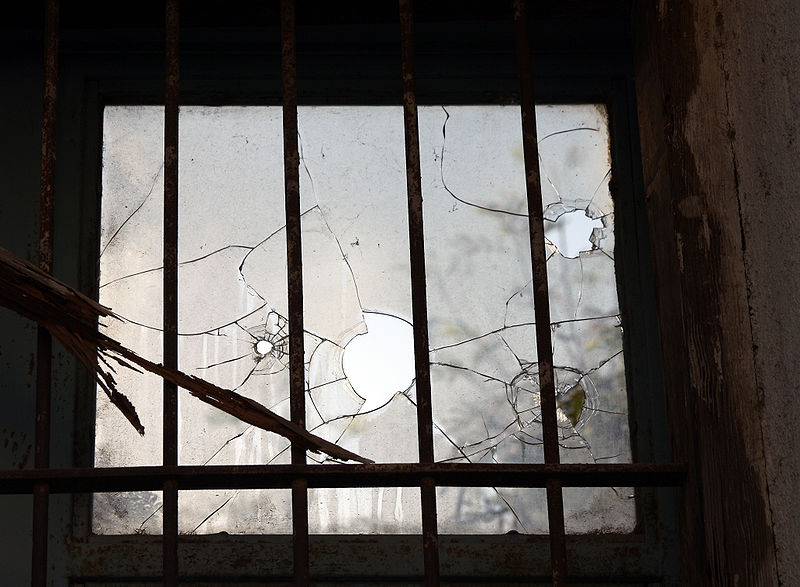Prof. O’Meara on Stand Your Ground
With the Trayvon Martin case drawing national attention to self-defense law, our own Professor O’Meara has a New York Times op-ed on Stand Your Ground laws. He argues that the laws are unnecessary because traditional self-defense law provides ample protection for defenders who use lethal force appropriately. He observes:
In my home state of Wisconsin, a large group of criminal prosecutors, defense attorneys and judges could come up with only one case in which any homeowner was prosecuted when he shot someone who entered his home illegally. That conviction was later overturned.
Stand Your Ground laws may thus add little to the protection of individuals who act reasonably, but they risk impeding the prosecution of others who are too quick to resort to deadly force.


 Recently, in United States v. Jones, the Supreme Court ruled that the attaching of a GPS tracking device to a suspect’s car without his knowledge and monitoring of the vehicle’s movements violated the suspect’s Fourth Amendment rights against unreasonable search and seizure. See generally 132 S.Ct. 945 (2012). In so doing, the Court resurrected an idea relating to Fourth Amendment law that had been dormant for almost 50 years – the idea of common-law trespass as a test for violations of the amendment.
Recently, in United States v. Jones, the Supreme Court ruled that the attaching of a GPS tracking device to a suspect’s car without his knowledge and monitoring of the vehicle’s movements violated the suspect’s Fourth Amendment rights against unreasonable search and seizure. See generally 132 S.Ct. 945 (2012). In so doing, the Court resurrected an idea relating to Fourth Amendment law that had been dormant for almost 50 years – the idea of common-law trespass as a test for violations of the amendment.